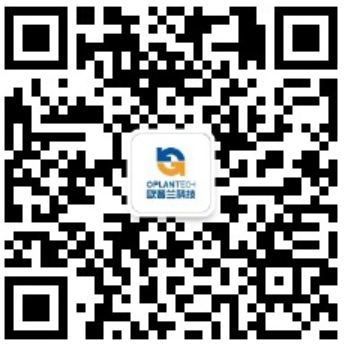ARMD-Bearing sliding bearing analysis
ARMD-Bearing sliding bearing analysis
Provide customers with an advanced and complete sliding bearing analysis tool.
ABOUT software
ARMD software is a new generation of rotor-bearing system dynamics analysis software developed by the US RBTS company. The sliding bearing analysis software package ARMD-BEARINGS provides customers with an advanced and complete sliding bearing analysis tool.

Product Advantage
The bearing configuration can be evaluated through various modules.
The temperature field of bearing lubricating oil under working conditions can be automatically calculated.
Sliding bearing modules (JURNBR, HYBCBR, TILTBR and THRSBR) combine one-dimensional analysis or look-up table methods to solve two-dimensional lubrication problems and eliminate approximate values.
Under laminar flow and turbulent flow, complete prediction of dynamic pressure, static pressure and mixed dynamic and static pressure radial sliding and thrust bearing performance, and produce such as cavitation, misalignment, pressure boundary or pressure groove, structural deformation, custom The lubricating fluid feed line (JURNBR) under pressure or restrictor conditions (capillary, orifice, or throttle) is simulated.
The calculation results produced by the plain bearing module include
• Bearing pressure / journal position • Azimuth • Viscosity loss • Restoring torque • Flow requirements • Stability (bearing whirl) • Damping coefficient • Clearance and pressure distribution • Tank pressure and flow • Thermal balance and temperature rise
Application Field
Fixed shoe sliding bearing, tilting shoe sliding bearing, thrust sliding bearing and ball bearing.
The main function
ARMD – Bearing sliding Bearing analysis is a new generation of rotor – Bearing system dynamics analysis software. Main function modules are as follows:
JURNBR module (fixed tile cylindrical radial sliding bearing)
- JURNBR is a software module for predicting the characteristics of incompressible cylindrical sliding bearings. JURNBR contains the analysis of all three forms of lubrication (dynamic, static and mixed) under laminar and turbulent conditions. It can be used to analyze a variety of fixed geometric sliding bearings, including: cylindrical, multi-groove, stepped, oil pan, flap, inclined flap, cone, pressure dam, and multi-ring groove. Based on structural deformation and variable mesh technology, JURNBR can be practically used to analyze any type of sliding bearing.
HYBCBR module (fixed interface cone)
- HYBCBR is a software package used to predict the characteristics of incompressible tapered sliding bearings. JURNBR contains the analysis of all three forms of lubrication under laminar and turbulent conditions. It can be used to analyze a variety of fixed conical bearings, including: ordinary type, multi-groove, stepped type, oil pan, flap, inclined flap, cone, pressure dam, and multi-ring groove. Based on structural deformation and variable mesh technology, JURNBR can be practically used to analyze any type of sliding bearing.
TILTBR module (Tiltable bearing radial sliding)
Axial vibration calculation module
- The calculation of free axial vibration can significantly reflect the modal vibration shape of the shaft system under various critical speed conditions. Harmonic response analysis can truly reflect the shaft displacement and thrust bearing load of the equipment at operating speed. This module supports the setting of excitation, frequency, stiffness and damping parameters for all equipment models.
Lubrication performance calculation
- The lubrication module VISCOS can calculate the physical properties of lubricants that change with temperature. Users can set their own or choose from the embedded lubrication database to set the lubricant API gravity at two different temperatures and the viscosity at two different temperatures. After executing the program, the software will generate temperature functions such as absolute viscosity, dynamic viscosity, Saybolt universal viscosity, specific gravity, specific heat, density, enthalpy, and thermal conductivity.

